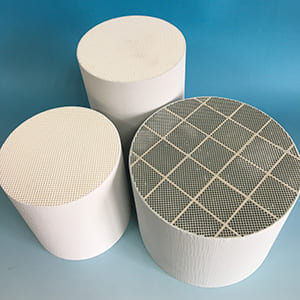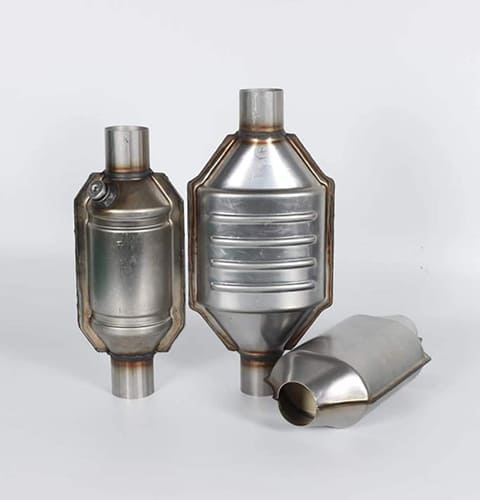Ever wonder why your car isn’t spewing out a thick stream of black smoke out of its rear end, like cars did decades ago? Visualize driving behind some sort of car from the 1960s, choking on visible exhaust fumes. Now, with today’s much cleaner exhaust, think about how different things are. It’s not magic; it’s innovative technology in the form of a catalytic converter filter system. The EPA estimates that today’s vehicles emit up to 99% fewer pollutants than pre-1970s vehicles do. So what happens when your check engine light comes on, and the mechanic mentions something about problems with your catalytic converter? Well, let’s dive into detail about this very important component that quietly works in a protective role for our environment and our health.
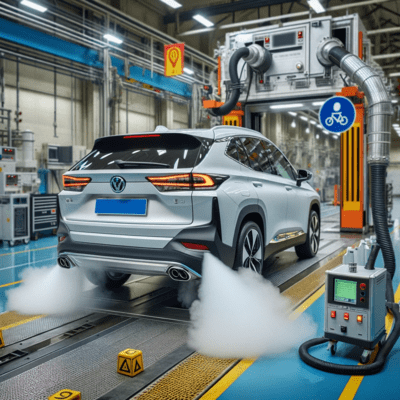
The Essential Guide to Catalytic Converter Filters
The catalytic converter filter is an integrated emission control device that integrates conventional catalytic conversion with advanced filtration. In its basic form, it consists of a honeycomb-structured ceramic substrate coated with precious metals like platinum, palladium, and rhodium. These complicated systems perform two very important tasks: the conversion of harmful exhaust gases into less harmful substances and filtration of dangerous PMs. The filter portion may be cordierite or silicon carbide-based and can capture 99% of the particulate matter as small as 0.3 microns in size. This twin action has made modern catalytic converter filters far superior to their earlier versions.
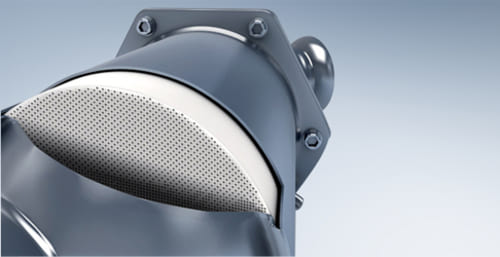
What Makes Catalytic Converter Filters Different from Standard Catalytic Converters?
The key difference, however, lies in their higher functionality. Whereas the conventional catalytic converters serve only the purpose of chemical conversion of gases, catalytic converter filters introduce a physical filtration aspect. Here is what makes them different:
- Advanced Material Technology: New filters are made of nano-engineered material providing larger surface area for enhanced catalytic reaction.
- Improved Filtration Efficiency: Effective in filtering both gaseous pollutants and solid particles
- Self-Regeneration Capability: Advanced systems can clean themselves during normal driving conditions
- Improved Durability: The new generation can reach as high as 150 000 miles when backed up by the right maintenance practices
According to different studies made by the SAE, with new catalytic converter filters in operation, particles’ emission is considerably reduced by 95% compared with regular catalytic converter-equipped vehicles.
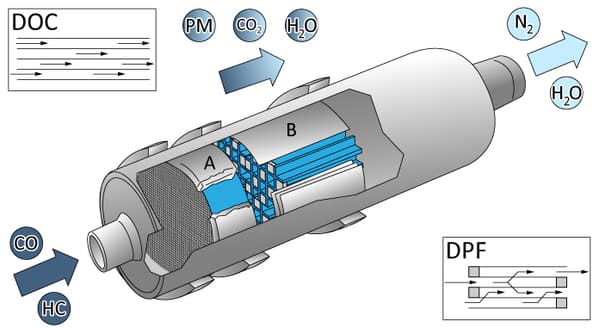
Common Misconceptions and Challenges
Despite their effectiveness, some skeptics argue that catalytic converter filters are:
- Needlessly complex and expensive
- Engine performance killer
- Too sensitive; require overly complex maintenance
However, research by ICCT has revealed that:
- New systems hardly affect fuel economy-less than 2%
- Long-term environmental benefits greatly offset the initial cost
- The new designs do not require maintenance, other than what is required normally for the vehicle
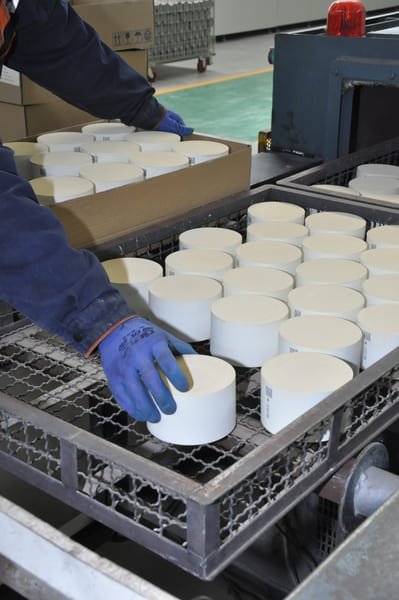
Frequently Asked Questions
How often does the catalytic converter filter need replacement?
Usually, a good quality catalytic converter filter would last for 70,000 to 100,000 miles under normal conditions. However, certain factors such as driving habits and fuel quality might affect the life span.
Can I drive without a catalytic converter filter?
Although possible technically, it is illegal in most countries and states. According to the Clean Air Act, all vehicles should be fitted with functional emission control systems.
What are the warning signs and symptoms of a failing catalytic converter filter?
- Poor engine performance
- Failure of emissions tests
- Abnormal noises in the exhaust
- Check engine light turns on
- Poor fuel economy
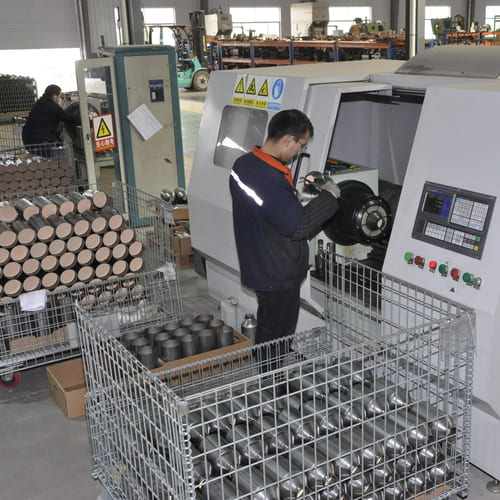
Conclusion
Catalytic converter filters represent a critical leap in automotive emission control technology-bridging the divide between environmental responsibility and the needs of modern transportation. This makes dual functionality both in harmful gas conversion and filtration of particulate matter indispensable for meeting ever-stricter emission standards worldwide. While they may involve initial investment and periodic maintenance, the benefits accrued toward air quality and public health are just not measureable. As technology in vehicles continues to advance, these systems will probably be further enhanced in efficiency and integral to sustainable transportation solutions. For any environmentally conscious driver or anyone seeking to keep a vehicle in good running condition, maintenance and understanding of the catalytic converter filter will ensure that your car is healthy for you and a safe future of the planet.

